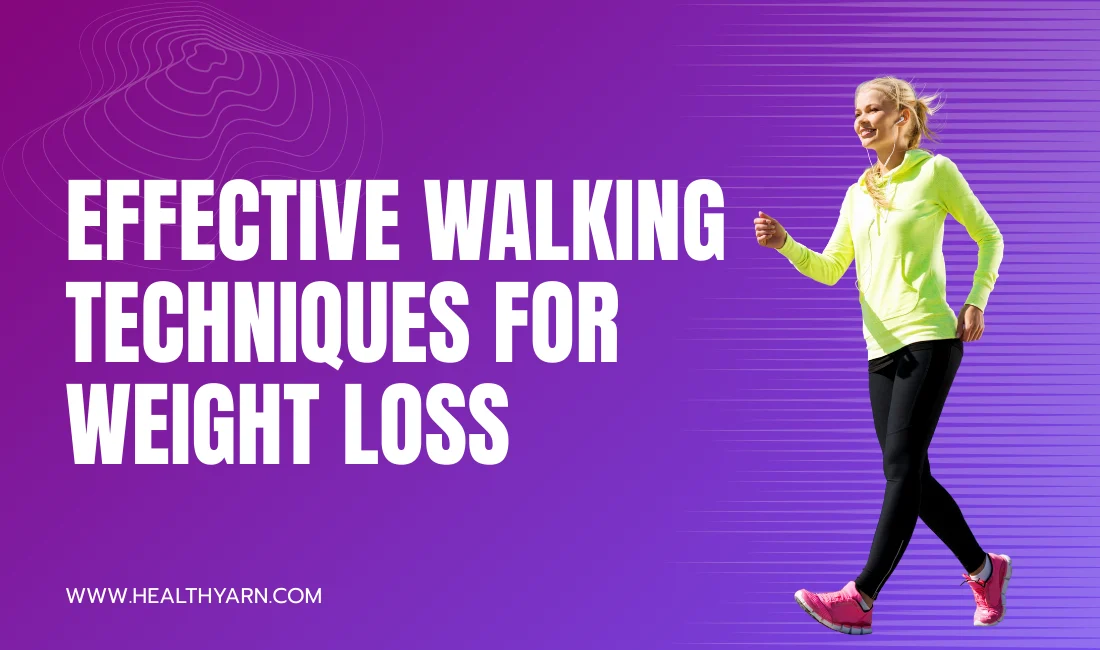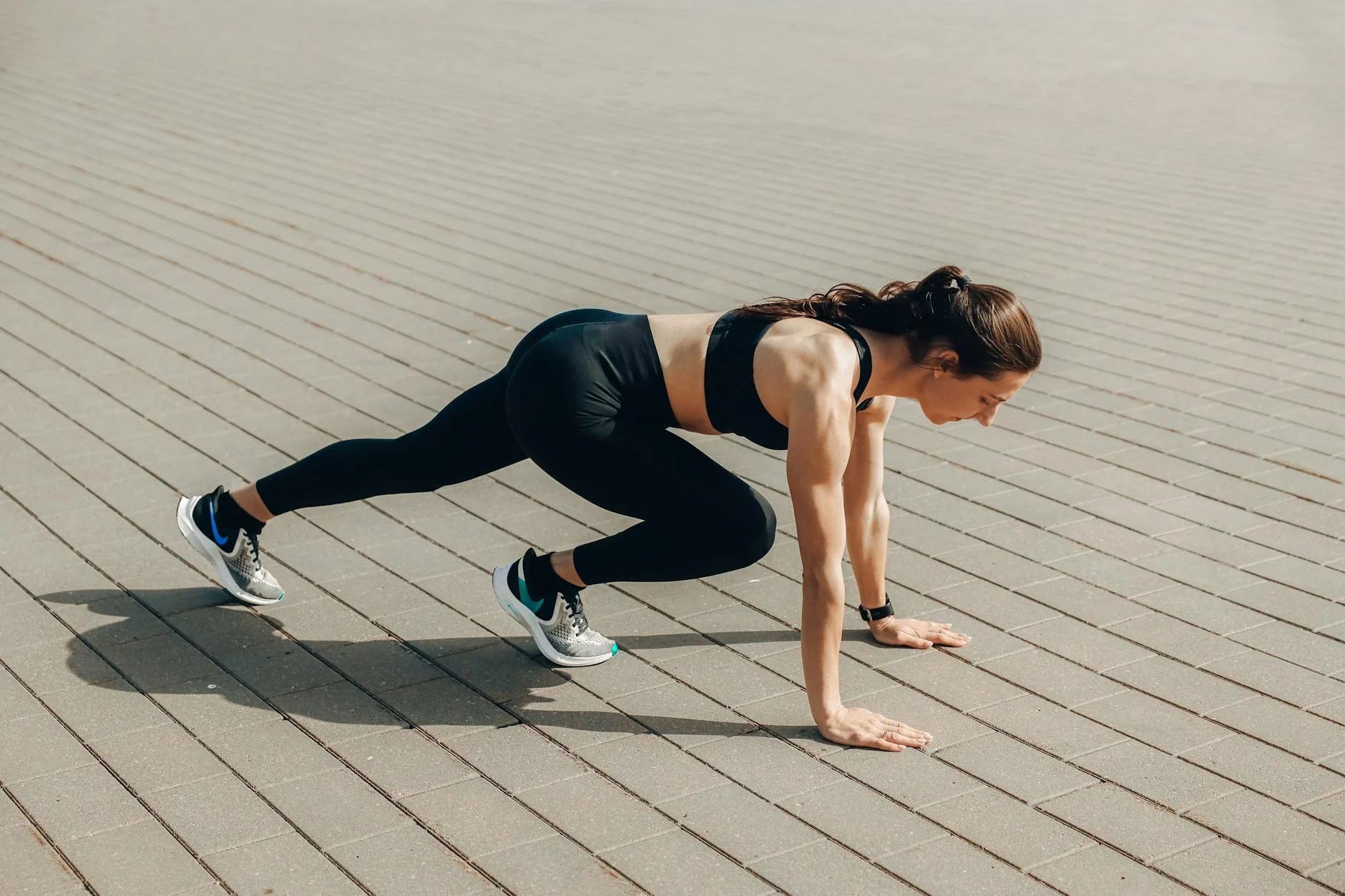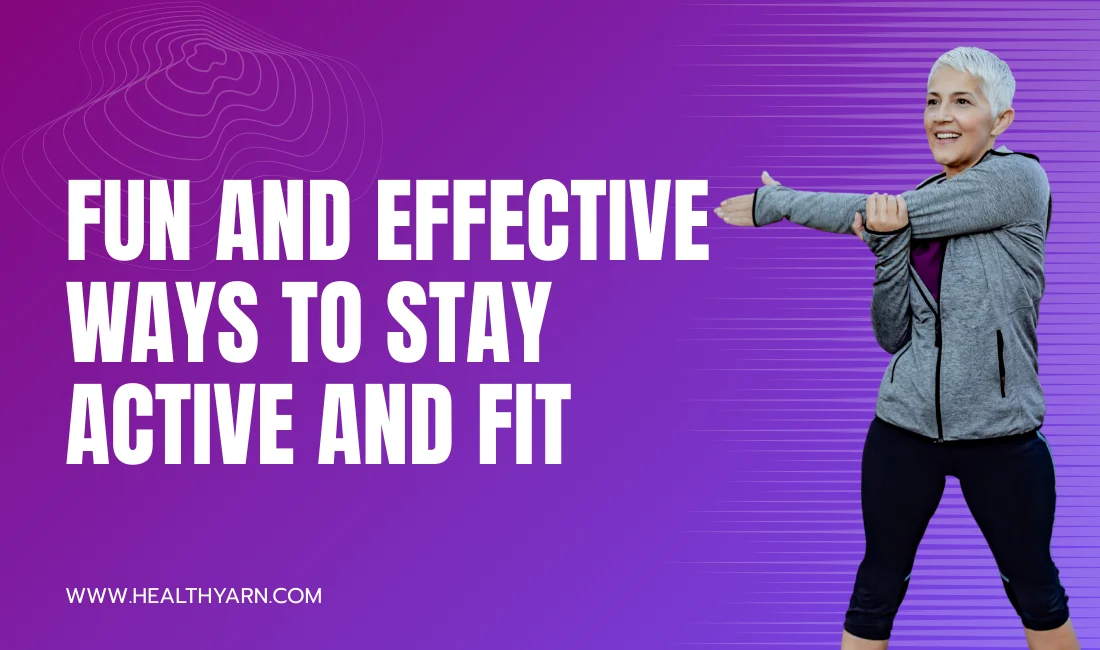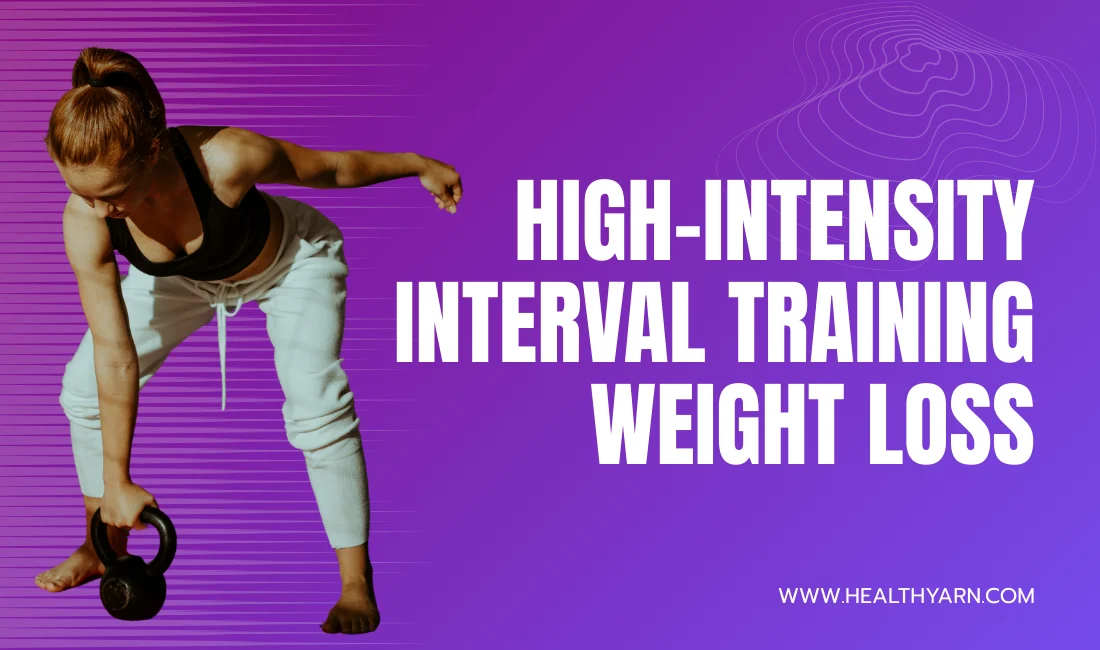Walking is a simple yet highly effective form of exercise that can be incorporated into your daily routine to aid in weight loss, Today we will learn about Effective Walking Techniques for Weight Loss. Not only is it accessible to people of all fitness levels, but it also offers a wide range of physical and mental health benefits. In this article, we will explore the advantages of walking for weight loss, provide insights on setting realistic goals, offer practical tips for incorporating walking into your routine, discuss effective walking techniques, delve into interval walking for enhanced weight loss, and conclude with a summary of key points and an encouragement to embark on a walking journey for weight loss.
Introduction To Effective Walking Techniques for Weight Loss
Walking is a natural and accessible form of exercise that has gained popularity due to its numerous benefits. Whether you are a beginner or an experienced fitness enthusiast, walking can be a valuable tool in your weight loss journey. Unlike intense workouts or strenuous activities, walking is a low-impact exercise that can be easily incorporated into your daily routine. Not only does it contribute to burning calories, but it also helps to improve cardiovascular health, boost mood, and increase overall well-being.
Benefits of Walking for Weight Loss
Walking for weight loss offers a myriad of physical and mental health benefits. From shedding unwanted pounds to reducing the risk of chronic diseases, here are some key advantages:
Physical Health Benefits
Walking regularly can lead to significant weight loss when combined with a healthy diet. It helps to increase your metabolism, burn calories, and reduce body fat. Additionally, walking strengthens muscles, improves cardiovascular fitness, and enhances overall physical endurance. It is also a great way to lower blood pressure, improve blood circulation, and reduce the risk of heart disease.
Mental Health Benefits
Engaging in regular walking sessions not only benefits your physical health but also has a positive impact on your mental well-being. Walking helps to reduce stress levels, alleviate symptoms of depression and anxiety, and boost cognitive function. It provides an opportunity to clear your mind, enjoy nature, and improve your overall mood and emotional state.
Setting Realistic Weight Loss Goals
When embarking on a weight loss journey, it is crucial to set realistic goals and practice patience. While walking is an effective exercise for weight loss, it is important to remember that results may take time. Here are some insights on setting realistic weight loss goals:
Understand Your Body
Each person’s body is unique it is important to understand your body, and weight loss can vary from individual to individual. It is important to recognize and accept your body’s capabilities and limitations. Consulting a healthcare professional or a certified trainer can help you set attainable goals that align with your body type, fitness level, and overall health.
Gradual Progression
Setting achievable milestones is essential for long-term success. Instead of aiming for rapid weight loss, focus on gradual progression. This approach allows your body to adapt and prevents feelings of discouragement. Celebrate small victories along the way, such as increased stamina or improved endurance, to stay motivated and committed.
Incorporating Walking into Your Routine
Incorporating walking into your daily routine is key to making it a sustainable habit. Here are some practical tips to help you include walking as part of your everyday life:
Start Small, Increase Gradually
If you are new to walking or have a sedentary lifestyle, start with short walks and gradually increase the duration and intensity. Begin with a 10-15 minute walk and add a few minutes each day. As your fitness level improves, aim for at least 30 minutes of brisk walking most days of the week.
Make It Enjoyable
Walking doesn’t have to be a chore; make it enjoyable by exploring different routes, walking with a friend or a pet, or listening to your favorite music or podcast. By turning your walks into a pleasant experience, you will be more likely to stick to your routine and look forward to each session.
Active Lifestyle Changes
Look for opportunities to incorporate more physical activity into your daily life. Take the stairs instead of the elevator, walk or bike instead of driving short distances, and use breaks at work to go for a quick stroll. These small lifestyle changes can contribute to increased overall physical activity and support your weight loss efforts.
Effective Walking Techniques
To maximize the effectiveness of your walking sessions, it is essential to focus on proper form and posture. Here are some key considerations for effective walking:
Posture and Form
Maintaining proper posture while walking is crucial for optimizing the benefits. Keep your head up, shoulders relaxed, and spine straight. Engage your core muscles and swing your arms naturally. Avoid slouching or leaning forward, as this can strain your back and lead to discomfort.
Pace and Stride Length
Finding an appropriate pace and stride length is essential for an effective walking workout. Aim for a moderate intensity where you can still hold a conversation but feel slightly breathless. Take natural strides, landing on your heel and rolling through your foot to push off with your toes. Avoid overstriding, as it can lead to joint stress and increase the risk of injuries.
Interval Walking for Weight Loss
Interval walking is a technique that involves alternating between periods of high-intensity and low-intensity walking. This method can enhance weight loss and increase overall fitness levels. Here is a step-by-step guide on how to incorporate interval training into your walks:
Warm-up
Start with a 5-minute warm-up of gentle walking or stretching exercises to prepare your body for the workout.
High-Intensity Intervals
During the high-intensity intervals, pick up the pace and walk briskly for 1-2 minutes. Push yourself to a level where talking becomes challenging.
Recovery Intervals
After each high-intensity interval, slow down your pace and walk at a comfortable, moderate speed for 2-3 minutes. Use this time to recover and catch your breath.
Repeat
Repeat the cycle of high-intensity and recovery intervals for a total of 20-30 minutes, depending on your fitness level and preferences.
Cool-down
Finish your workout with a 5-minute cool-down period of relaxed walking and stretching exercises to gradually lower your heart rate and prevent muscle stiffness.
Conclusion
Walking is a versatile and accessible exercise that can greatly contribute to your weight loss journey. With its numerous physical and mental health benefits, it offers a holistic approach to fitness. By setting realistic goals, incorporating walking into your routine, practicing effective walking techniques, and exploring interval training, you can optimize your weight loss efforts. So lace up your shoes, step outside, and start your walking journey towards a healthier and fitter you.










